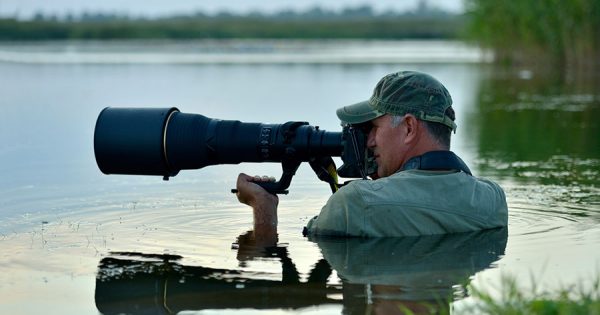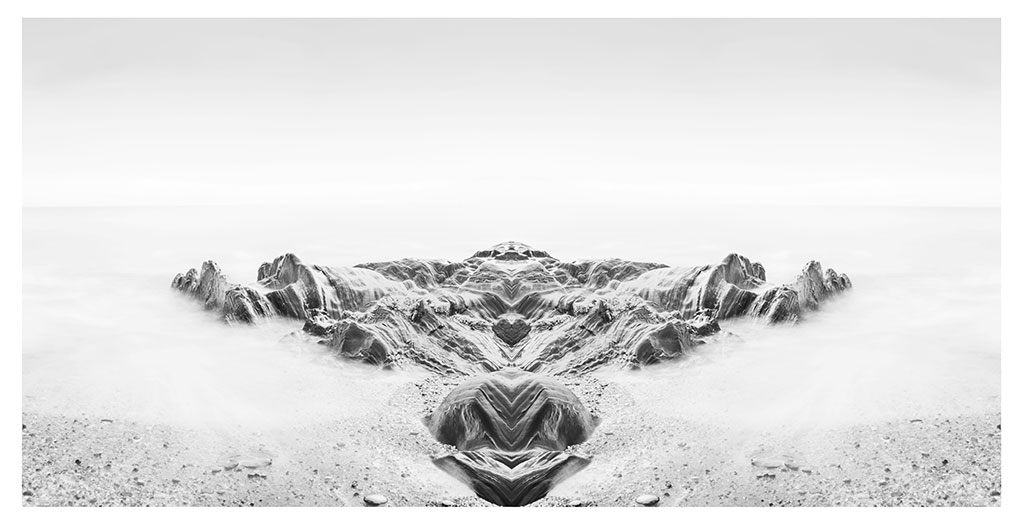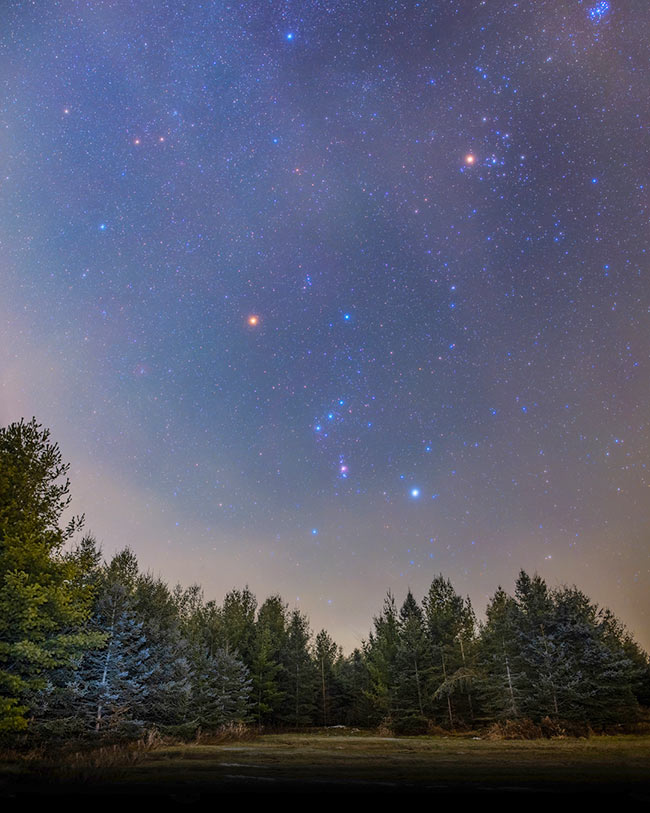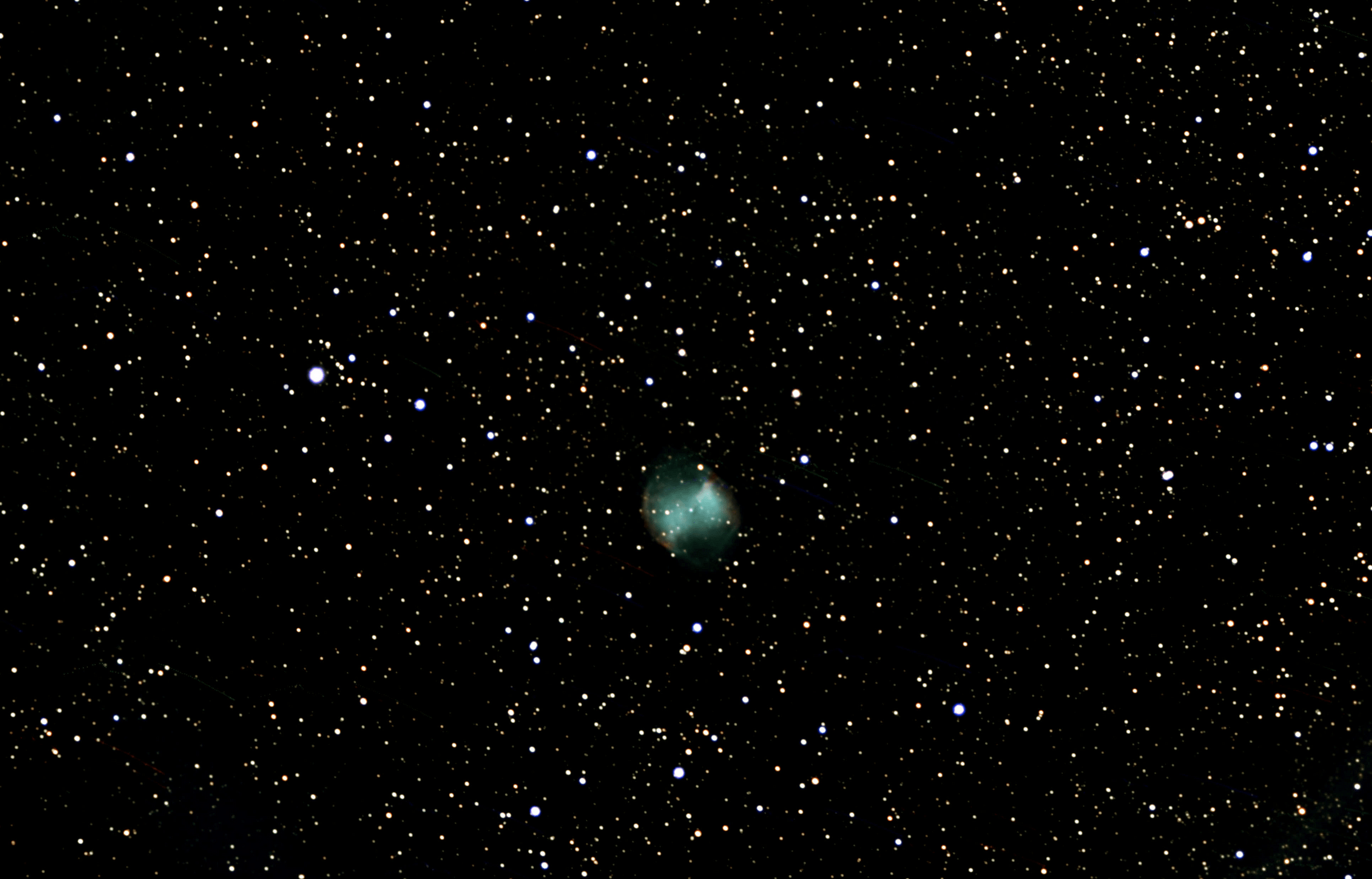Capturing nature’s magic through wildlife photography is an amazing and rewarding experience. Photographing animals in their natural environment requires patience, skill, and a good understanding of wildlife behavior. Whether you are a beginner or a seasoned photographer, here is a guide to wildlife photography that will help you get the most out of your next wildlife photography expedition.
Step 1 – Plan Your Location
One important aspect of wildlife photography is finding the perfect location. Research and find locations that have a high concentration of wildlife like national parks, wildlife reserves, and sanctuaries. Look for places with a diverse range of settings, such as forests, grasslands, and water bodies. Once you find your location, visit it in advance to get a feel for the area and the wildlife.
Step 2 – Study the Wildlife
Before going out to photograph wildlife, research and study the behavior of the animals you want to photograph. Knowing their habits, movement patterns, and typical locations can help you capture better images. Use field guides and books to help identify species and learn about their behavior.
Step 3 – Gear Up
Invest in good wildlife photography gear. A good camera with a fast autofocus system is essential for capturing moving animals. A telephoto lens will help you get up close without disturbing the animals. Camera accessories like a sturdy tripod, a remote shutter release, and a beanbag can be useful for stability while shooting.
Step 4 – Timing is Key
The best time to photograph wildlife is early in the morning and late in the evening when animals are most active. Use natural light to your advantage, such as the golden hour, when the soft, warm light can add a magical touch to your images.
Step 5 – Be Patient
Wildlife photography requires patience. You may have to wait for hours or even days to get the perfect shot. But don’t get too anxious or too close to the animals. Give them space and respect their boundaries.
Step 6 – Respect the Environment
Leave no trace and respect the environment. Always follow local rules and regulations, and never disturb the animals or their habitat. Remember, you are a visitor to their home.
With these tips, you can improve your wildlife photography skills and capture stunning images of nature’s beauty. Practice, experiment and learn as much as you can to get the best possible results. Happy shooting!











